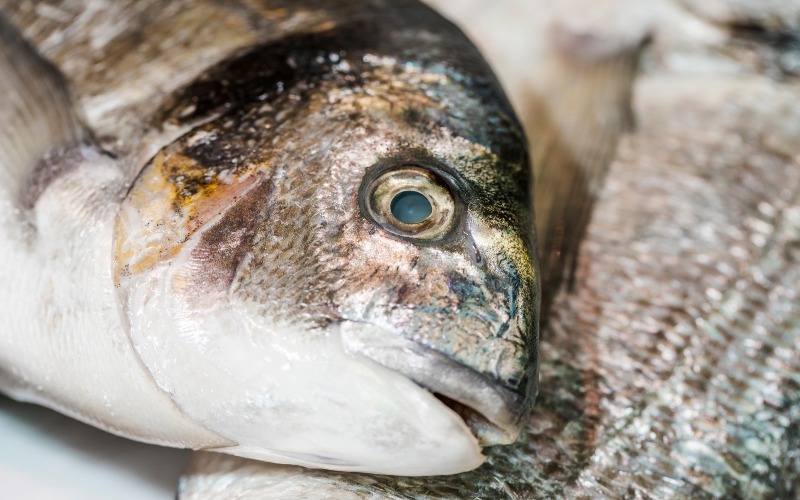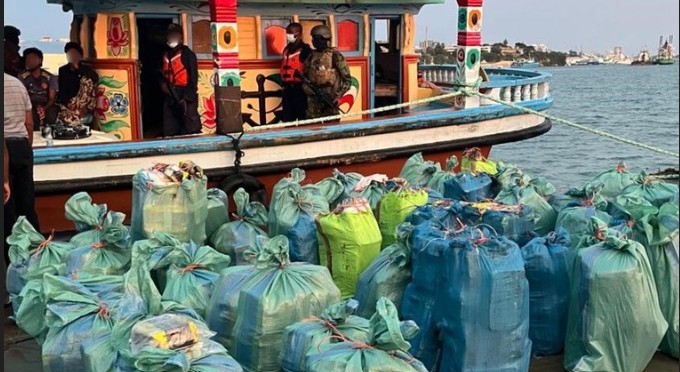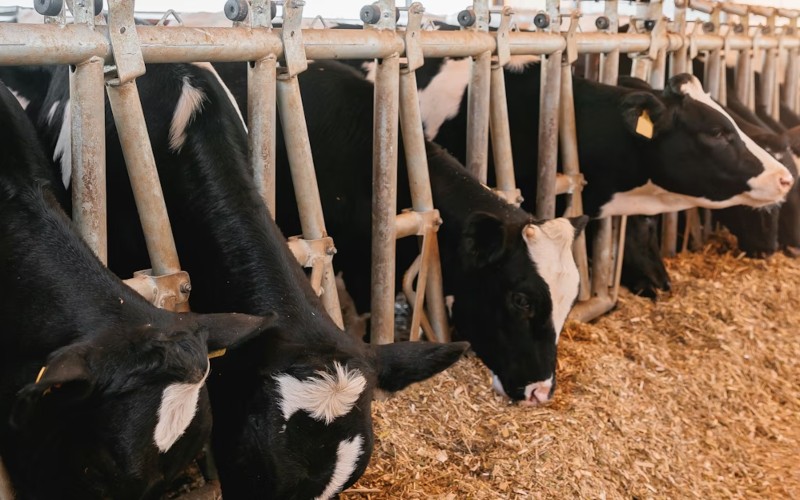Contaminated water from River Kibos blamed for fish deaths at Dunga Beach

Cage fish farmer Godfrey Ochieng said that the cages closest to the river mouth bore the brunt of the incident, while those further away were not affected.
A new investigation has revealed that contaminated water flowing from River Kibos into Lake Victoria is behind the recent wave of fish deaths at Dunga Beach in Kisumu.
The Kenya Marine and Fisheries Research Institute (KMFRI) found that untreated discharge and polluted runoff drastically reduced oxygen levels in the water, leading to the death of thousands of tilapia in fish cages near the river mouth.
More To Read
- Landmark French ruling against TotalEnergies sets stage for major African climate lawsuits
- Lake Victoria Fish farming booming but pollution and disease are wiping out millions: How to reduce losses
- Kenya Met forecasts intermittent showers, cold nights over next five days
- Ecoball: How to make picking up litter fun and turn it into a game for kids
- Court judgments mount as Fisheries Department faces growing legal liabilities
- Nine common household items that could be silent killers
Residents woke up on September 28, 2025, to the shocking sight of lifeless fish floating on the lake.
Within two days, about 10 tonnes of tilapia had died, affecting 12 of the 100 cages set up at the site and leaving farmers counting heavy losses.
The institute’s Freshwater Systems Research Director, Christopher Aura, said the colour and smell of the water at the point where the river meets the lake pointed to high levels of contamination.
According to the report, the strong odour was a sign of water pollution that contributed to oxygen depletion in the cages.
“The levels of dissolved oxygen were low at the river mouth compared to other areas of the lake. This is an indication of high oxygen demand, attributed to industrial or domestic discharges and the deposition of nutrients into the lake,” stated the report.
Aura explained that the combination of oxygen shortage and increased organic matter makes the environment hostile to aquatic life.
“Such an environment creates an anoxic condition that causes fish to suffocate, leading to mass deaths,” he said.
Top Stories Today












































